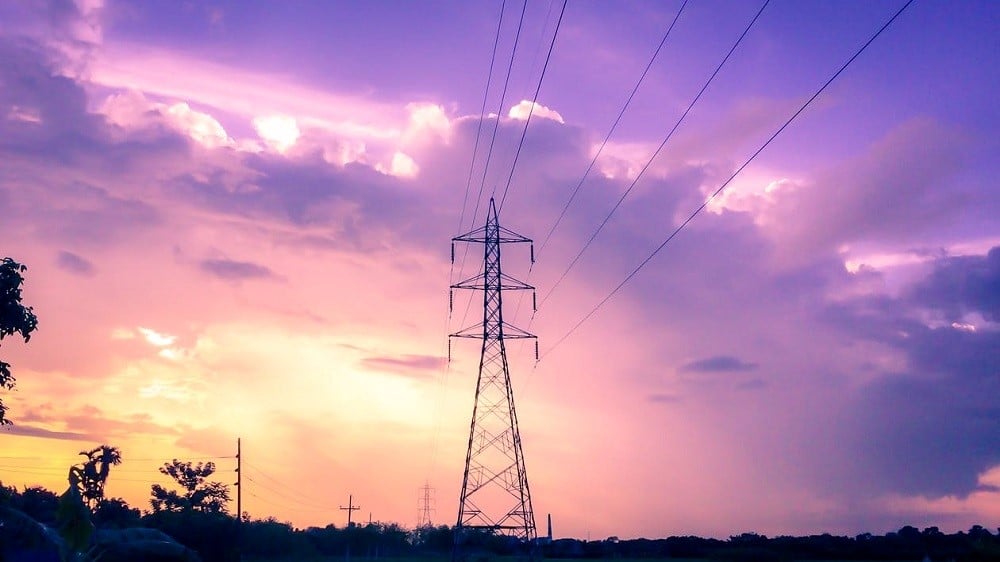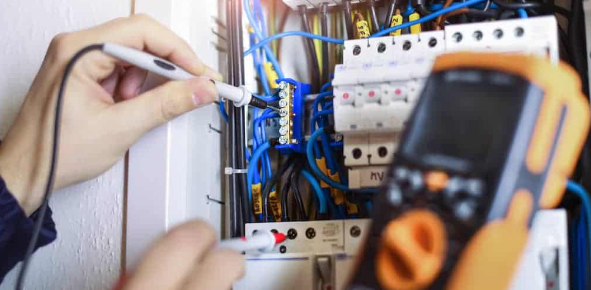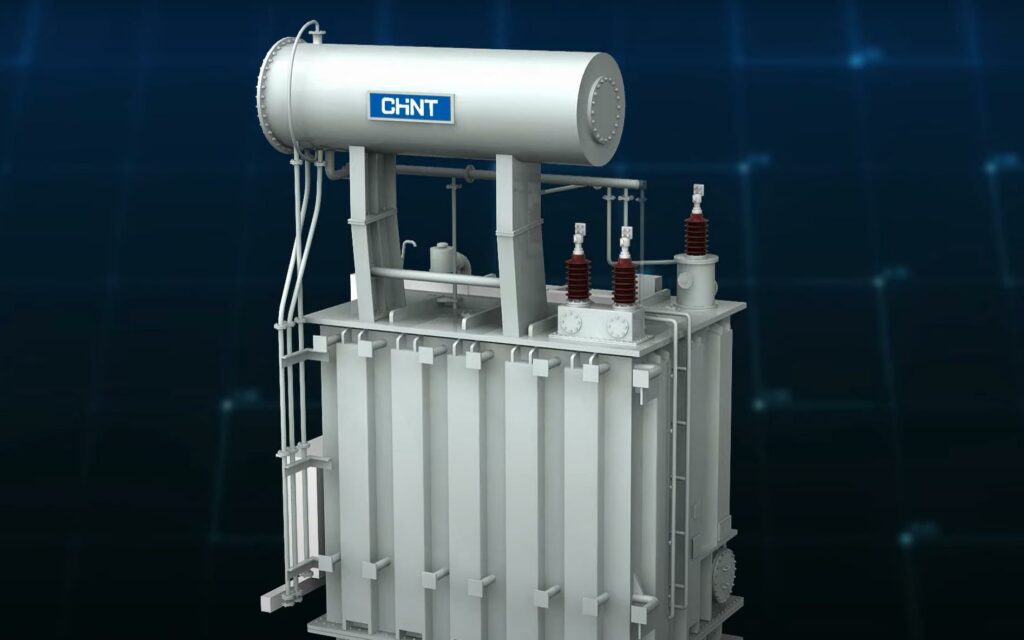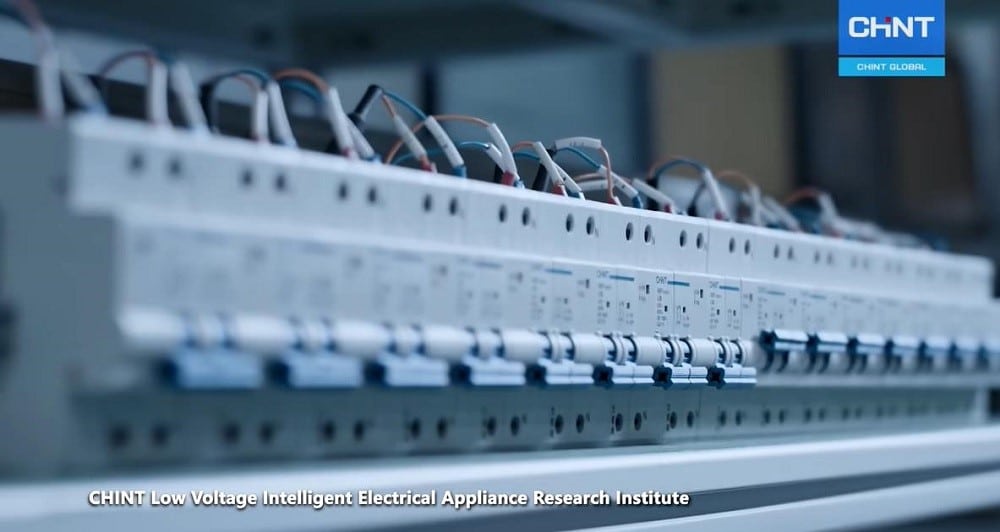- Mar 30, 23
- By blog.arcadia.com
BLOGS
-
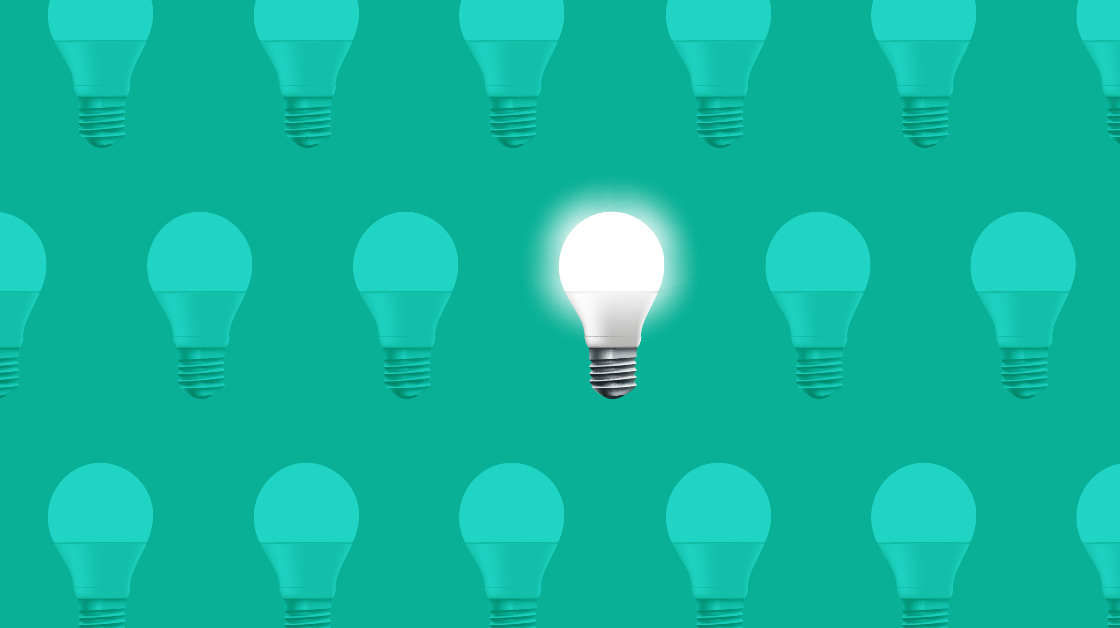
LED vs. regular lightbulbs: Do they really make a difference?
What are my options when it comes to lightbulbs?
In a word: many! But here are three of the most popular:
- Incandescent bulbs - These are the old-fashioned, “typical” bulbs that many of us grew up with. They’re not very energy-efficient and they don’t last long.
- Compact fluorescent lightbulbs (CFLs) - These are the “spiral” bulbs that may come to mind when we think about energy-efficient bulbs.
- LEDs - LED bulbs are very energy-efficient but still maintain the look and feel of an incandescent bulb.
Incandescent, CFL, and LED bulbs all require different amounts of energy. But it’s LED bulbs that we really think you should be paying attention to.

What are LED bulbs?
Technically, LED bulbs aren’t bulbs – LED stands for “light-emitting diode.” They’re tiny semiconductors (diodes) wrapped in plastic to protect the elements and focus the light. According to Dictionary.com, a diode is “a semiconductor device with two terminals, typically allowing the flow of current in one direction only.” The current comes into an anode (+) and flows out of a cathode (-). LEDs don’t even have wire filaments like a lightbulb does.
How is LED different from incandescent?
When we talk about a “regular lightbulb,” we mean an incandescent bulb, the type that’s been around since Thomas Edison patented his invention in 1879. These bulbs have filaments that glow, producing both heat and light when energy flows through them. LEDs, on the other hand, have electrons that flow to create photons – light we can see. Photons generate almost no heat. LEDs also require much less energy to create the same amount of brightness as incandescent lights, and last much longer.
Do LEDs save energy?
LEDs use much less energy than incandescent bulbs because diode light is much more efficient, power-wise, than filament light.
LED bulbs use more than 75% less energy than incandescent lighting. At low power levels, the difference is even larger. Bright LED flood lamps use only 11 to 12 watts while creating a light output comparable to a 50-watt incandescent bulb.


